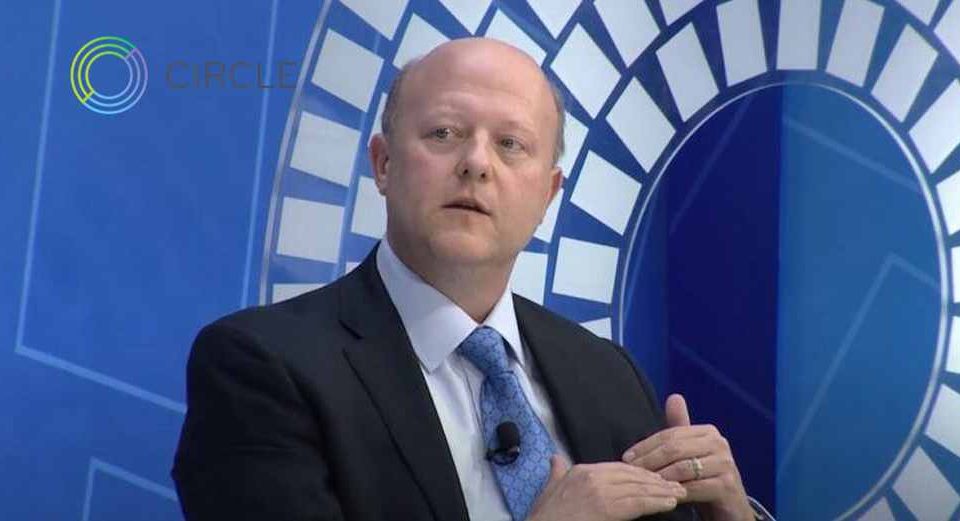Stablecoin startup Circle confidentially files for US IPO

Circle Internet Financial, the company behind the USDC stablecoin, is taking another shot at becoming a public company. Circle announced on Thursday that it had confidentially submitted a filing for a U.S. initial public offering (IPO) as part of its strategy to go public. Despite the “confidential” nature of the filing, Circle issued a press release, providing some public visibility.
The specifics of the IPO, such as the number of shares to be sold and the proposed price range, were not disclosed in the announcement. The Boston-based firm, recognized as the issuer of USDC, the second-largest stablecoin after Tether, which is pegged to the U.S. dollar, currently has over $25 billion worth of USDC in circulation.
The IPO is anticipated to proceed once the Securities and Exchange Commission (SEC) completes its review process, contingent on the market and other conditions, as stated by the company, Reuters reported. The news about the IPO arrives just as the crypto market is experiencing a resurgence following the SEC’s approval of Bitcoin Spot ETFs yesterday.
Previously valued at $9 billion in a 2022 deal to go public through a special-purpose acquisition company, Circle terminated that deal in December 2022. Despite the setback, Circle’s CEO, Jeremy Allaire, expressed disappointment but reiterated the company’s intention to go public.
USDC holds the position of the second-largest stablecoin and the seventh-largest cryptocurrency overall, based on data from crypto market tracker CoinGecko. These tokens are backed by cash and cash equivalents, including short-term Treasury bonds.
The circulating supply of USDC tokens currently stands at around $25 billion, a decrease from its peak above $56 billion in mid-2022, as reported by CoinGecko.
Stablecoins like Circle’s USDC have gained popularity among crypto-day traders seeking a safe haven amid market volatility. Unlike traditional cryptocurrencies such as Bitcoin and Ether, stablecoins offer a more stable value by being pegged to real-world currencies like the dollar.

